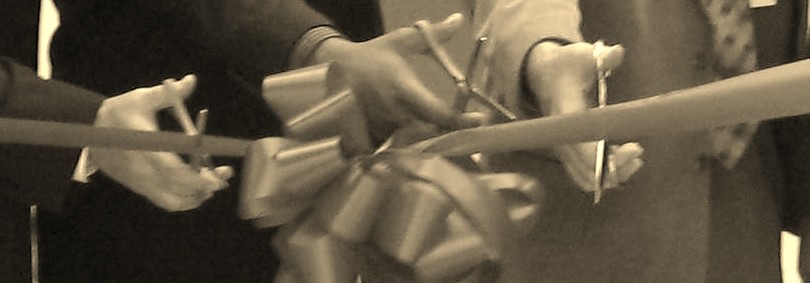
Often, what makes architectural design stand out are the little details. For example, one small place to splurge might be the front door hardware. What if you specified a beautiful custom made Rocky Mountain Hardware entry set and knocker? Be careful! If you happen to take your eye off the ball for a minute and those door hardware shop drawings are late or never submitted the design is going to suffer. The GC might insist that they were provided, but what can you do if there is no transmittal to record the transactions? Pray that you don’t end up having to get something off the shelf at the local hardware store and end up losing the true value of what was specified, for a major design disappointment. See our following three tips to help you manage and keep your shop drawing process organized.
Create a shop drawing submission schedule
The first step is to create a list of all the shop drawings to be submitted at the start of the project. This can be done by simply combing through the specifications and making a list. This list can be the start of a master list that you can quickly edit on each subsequent project. Then next to each shop drawing add the date when the GC is expected to submit the shop drawing. Don’t forget that the shop drawing submission schedule should be jointly created with the contractor preventing a shop drawing dump (see our post on this).
Keep a shop drawing log
A log or spreadsheet with key dates and information to monitor and track shop drawings should be created and routinely checked for the status of the shop drawing submission and should contain the following minimum key information:
- Contractors date of Shop Drawing (Submittal) submission
- Date sent to consultant for review
- Date received from consultant
- Date returned to the contractor
- Actions that were noted on the review ex. No exceptions taken, resubmit with corrections, rejected, etc
Use transmittals
Always ensure a transmittal accompanies any shop drawing or submittal submission, to document and track receiving, submission and the parties involved. Sometimes it will be the only proof you will have or don’t have. In addition, it is particularly important to follow up on actions noted. For example you don’t want to find out late in the day, that a shop drawing that was noted revise and resubmit was never resubmitted and now it is the source of a problem.
Organized tracking of shop drawings not only prevents delays in a project, but it simplifies the search for answers if questions of materials specified arises at a later date and helps to maintains the original design integrity of a project.
What do you think? Do you have any tips or comments or experiences of your own that you would like to share to help others improve the process, we would love to hear them.
PS: Don’t forget RForm can also help, sign up for a free trial now.

